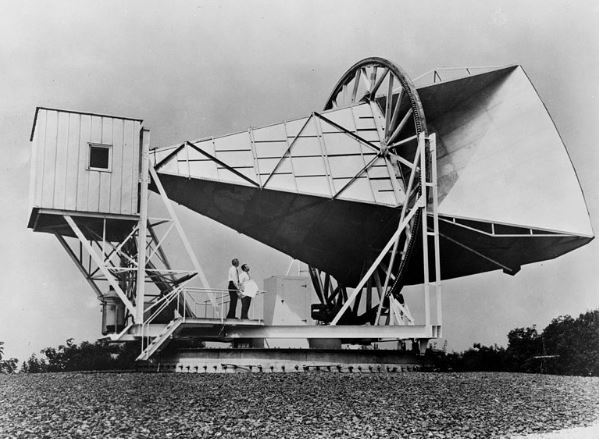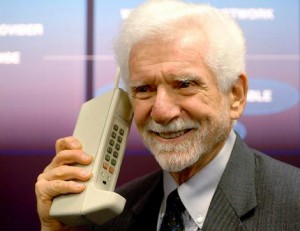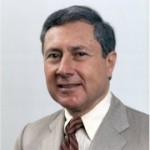Two 96-Year Old Nobel Prize Winners
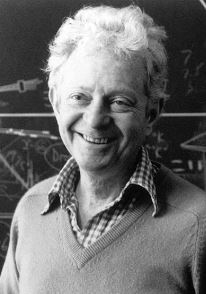
Leon Lederman in 1988
Leon Max Lederman (1922-2018) was born in New York to Ukrainian-Jewish immigrants. After serving in World War II, he returned to work on a PhD in physics at Columbia University. He would become a distinguished physics professor there before taking a leave to join the world-renowned CERN in Switzerland. There, he discovered the muon neutrino in 1962. For this, as well as developing the “neutrino beam method”, he would later win the Nobel Prize in Physics. Lederman also discovered the bottom quark. In 1979, Lederman became the director of the prestigious Fermilab, running the world’s most powerful particle accelerator. After retiring in 1989, he was an occasional teacher at the University of Chicago and the Illinois Institute of Technology. He was also president of the American Association for the Advancement of Science. In 1993 he published his bestselling book, The God Particle (coining that now-famous term). Lederman won countless awards and inspired a generation of physicists. Sadly, he was diagnosed with dementia, and the illness took a toll on both his health and his finances. He was forced to sell his Nobel Prize gold medal in order to pay for his medical bills. He passed away last week, at age 96.
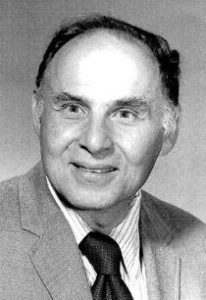
Arthur Ashkin
Another 96-year old Jewish scientist who made headlines last week is Arthur Ashkin (b. 1922). He won a Nobel Prize in Physics for his invention of optical tweezers. Like Lederman, Ashkin was born in New York to Ukrainian-Jewish immigrants, and also attended Columbia University. During World War II, he was asked to stay in his lab to build magnetrons for US Army radars. After earning his PhD in nuclear physics at Cornell, Ashkin was hired by Bell Labs. He first worked on microwave technology, then moved on to lasers. After some two decades of work, Ashkin created a working optical tweezer, described as “an old dream of science fiction”. This allows tiny things like atoms, viruses, and cells to be grabbed, moved and manipulated. Today, it is an indispensable tool for countless research facilities around the world. Ashkin also co-discovered the photorefractive effect, and holds a whopping 47 patents. In addition to his many awards, he has been inducted into the National Inventors Hall of Fame. His Nobel at age 96 makes him the oldest person ever to win the prize.
Words of the Week
An honest man, armed with all the knowledge available to us now, could only state that, in some sense, the origin of life appears at the moment to be almost a miracle.
– Francis Crick, Nobel Prize-winning biologist

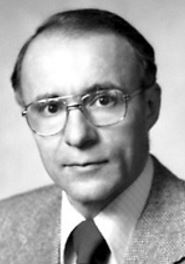 Arno Allan Penzias (b. 1933) was born in Munich. As a six year old, he was evacuated from Nazi Germany through the British Kindertransport rescue operation which saved 10,000 Jewish children. He was later reunited with his parents, who brought the family to New York. Penzias grew up in Brooklyn and went on to study physics. He graduated among the top of his class, then served two years in the US Army as a radar officer. From there, he got a research position at Columbia University’s Radiation Lab, where he helped to develop the maser (a “microwave laser”). After earning a Ph.D in physics from Columbia, Penzias got a job at Bell Labs to do astronomy research with microwave receivers. He was soon joined by Robert Wilson. The two noticed their antenna picking up an inexplicable signal. After ruling out all forms of interference, and carefully cleaning the antenna, the weak signal persisted. The two collaborated with another physicist, Robert Dicke, to show that this signal was the cosmic microwave background (CMB) radiation, the remnants of the universe’s birth, as predicted by the Big Bang Theory. The existence of CMB confirmed that the universe had a beginning, with a burst of radiation, and simultaneously confirmed ancient Jewish teachings about the universe’s origins. The Zohar, a famous mystical commentary on the Torah that was first published some 700 years ago, explains that the universe began with a nikuda hada d’zohar, a singular point of radiance, from which all things were formed. The Zohar explains that this ever-expanding radiance continues to fill the universe, based on the words in the Biblical Book of Daniel (12:3) which describes the “radiance of the firmament”. In fact, this is how the book got its name, Zohar meaning “radiance”. Penzias’ and Wilson’s monumental discovery brought about a beautiful harmony between Torah and science, at once confirming both the modern Big Bang Theory and the holy words of the ancient Jewish Sages. The two physicists won the 1978 Nobel Prize in Physics. Penzias continued his work at Bell Labs for a total of 37 years, rising to the position of Vice President of Research. He was made a Fellow of the American Academy of Arts and Sciences, and the National Academy of Sciences. Penzias later moved to Silicon Valley to advise venture capitalists and tech start-ups. Despite being in his 80s, he is still a venture partner at New Enterprise Associates, and says he has “no plants to retire”.
Arno Allan Penzias (b. 1933) was born in Munich. As a six year old, he was evacuated from Nazi Germany through the British Kindertransport rescue operation which saved 10,000 Jewish children. He was later reunited with his parents, who brought the family to New York. Penzias grew up in Brooklyn and went on to study physics. He graduated among the top of his class, then served two years in the US Army as a radar officer. From there, he got a research position at Columbia University’s Radiation Lab, where he helped to develop the maser (a “microwave laser”). After earning a Ph.D in physics from Columbia, Penzias got a job at Bell Labs to do astronomy research with microwave receivers. He was soon joined by Robert Wilson. The two noticed their antenna picking up an inexplicable signal. After ruling out all forms of interference, and carefully cleaning the antenna, the weak signal persisted. The two collaborated with another physicist, Robert Dicke, to show that this signal was the cosmic microwave background (CMB) radiation, the remnants of the universe’s birth, as predicted by the Big Bang Theory. The existence of CMB confirmed that the universe had a beginning, with a burst of radiation, and simultaneously confirmed ancient Jewish teachings about the universe’s origins. The Zohar, a famous mystical commentary on the Torah that was first published some 700 years ago, explains that the universe began with a nikuda hada d’zohar, a singular point of radiance, from which all things were formed. The Zohar explains that this ever-expanding radiance continues to fill the universe, based on the words in the Biblical Book of Daniel (12:3) which describes the “radiance of the firmament”. In fact, this is how the book got its name, Zohar meaning “radiance”. Penzias’ and Wilson’s monumental discovery brought about a beautiful harmony between Torah and science, at once confirming both the modern Big Bang Theory and the holy words of the ancient Jewish Sages. The two physicists won the 1978 Nobel Prize in Physics. Penzias continued his work at Bell Labs for a total of 37 years, rising to the position of Vice President of Research. He was made a Fellow of the American Academy of Arts and Sciences, and the National Academy of Sciences. Penzias later moved to Silicon Valley to advise venture capitalists and tech start-ups. Despite being in his 80s, he is still a venture partner at New Enterprise Associates, and says he has “no plants to retire”.